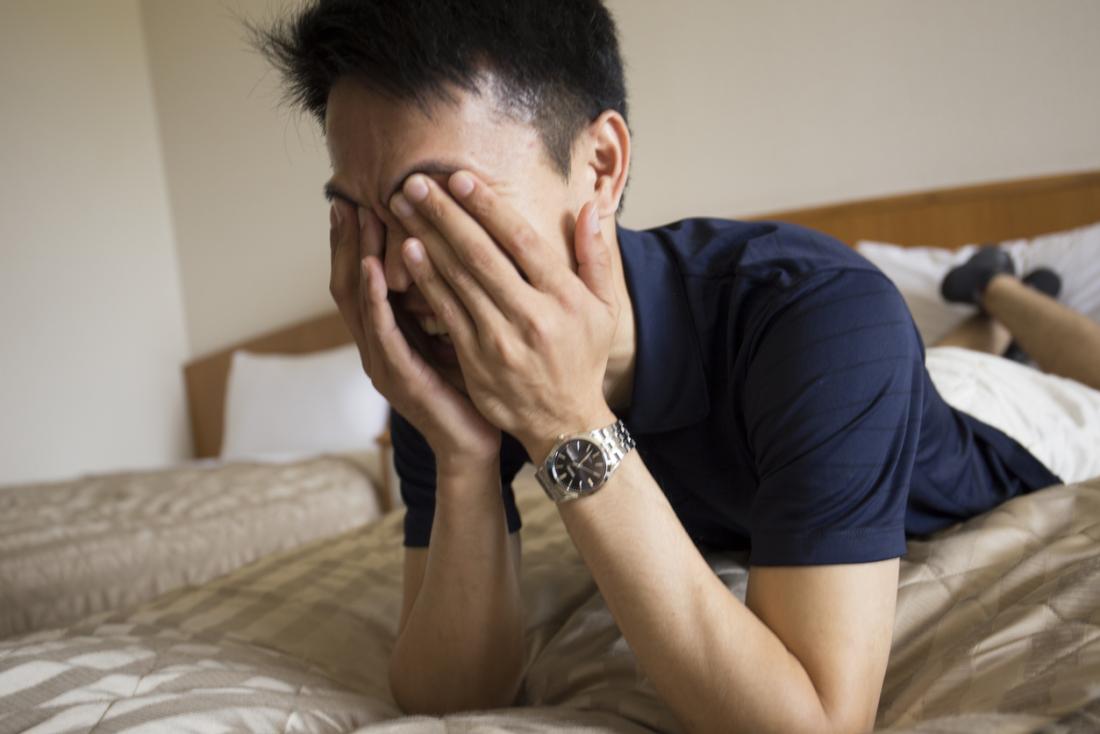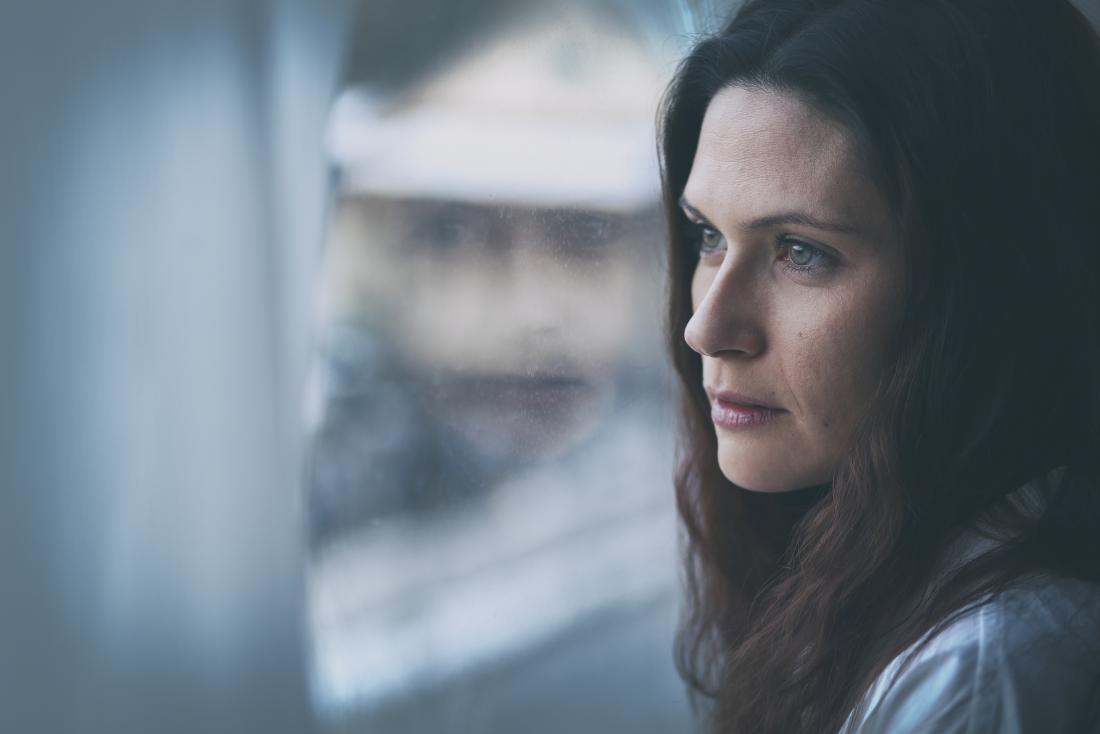Рассказать вам о психическом расстройстве под названием hppd ( Длительное расстройство восприятия, вызванное галлюциногенами)
 Скачать 220.89 Kb. Скачать 220.89 Kb.
|
                 Приветствую! В этот раз хочу рассказать вам о психическом расстройстве под названием HPPD ( Длительное расстройство восприятия, вызванное галлюциногенами) Приветствую! В этот раз хочу рассказать вам о психическом расстройстве под названием HPPD ( Длительное расстройство восприятия, вызванное галлюциногенами)Синдром проявляется в виде продолжительных визуальных галлюцинаций, вызванных употреблением галлюциногенных наркотиков, уже после прекращения их действия. Флешбек, хоть иногда и используется в качестве синонима, на самом деле является отдельным недостаточно определенным явлением. На протяжении многих лет этот термин употребляли двояко. Он описывает краткосрочное, переходное, эпизодическое, не разрушающее, обратимое, доброкачественное, повторное переживание визуальных нарушений, схожих с нарушениями во время употребления галлюциногеннов. А синдром HPPD, напротив, является постоянным и долгосрочным, вызывающим состояние тревоги. Последствия его определенно не являются доброкачественными и сопровождаются чувством дисфории болезненно-пониженного настроения. Симптомы расстройства причиняют страдания, а также социальные, профессиональные и иные проблемы в жизни человека. Стоит обратить внимание, что эти симптомы не должны быть вызваны другими серьезными психическими расстройствами, такими как деменция, делирий или шизофрения, особенно вследствие гипнопомпических галлюцинаций или гипнагогических образов. Распространенность синдрома HPPD Сам по себе синдром встречается достаточно редко, и чаще возникает у людей, склонных к употреблению психоделических наркотиков. Достоверные данные о распространенности заболевания не доступны. Тем не менее, беспокойство по поводу возникновения этого симптома возрастает с каждым годом. Чаще всего синдром возникает после употребления галлюциногенных препаратов и их аналогов. Известны случаи возникновения синдрома у людей, попробовавших галлюциногены всего один раз. Другие факторы риска находятся под вопросом, в связи с недостаточным количеством исследованных случаев и их сравнения. Визуальные галлюцинации при синдроме HPPD Что собой представляет синдром HPPD? Симптомы: Зрительные галлюцинации в виде движущихся цветов. Ощущение движения в периферическом поле зрения, при отсутствии такового. Скользящие явления - движущиеся объекты оставляют следы или остаточные изображения. Положительные остаточные изображения. Мерцание цвета при тусклом освещении. Восприятие цвета в повышенной интенсивности красок. Восприятие объектов с окружающими ореолами. Макропсия или микропсия восприятие объектов в несоответствующих размерах, больше или меньше настоящего. Дифференциальный диагноз: Сохранение интоксикации галлюциногеном не диагностируют до момента, когда пройдет достаточный период времени для выведения острой интоксикации. Функциональное расстройство мозга, например, шизофрения. Органические заболевания головного мозга, например, опухоли головного мозга, бред, слабоумие, визуальная галлюцинация вследствие эпилепсии. Зрительные галлюцинации, вызванные другим наркотиком и или связанных с ним заболеваний, болезнь Паркинсона. Симулированная болезнь. Острая абстиненция из-за алкоголя или наркотиков необходимо принимать во внимание всю историю зависимости. Глазные болезни, вызывающие нарушения восприятия. Исследования синдрома HPPD На данном этапе нет полезных подтверждающих исследований. Для того, чтобы исключить другие причины возникновения подобных симптомов, необходимо использовать скрининговые тесты крови, изображение мозга и электроэнцефалографию (ЭЭГ). Лечение Из-за нехватки систематизированных научных данных о заболевании нет четких данных об использовании конкретных медицинских препаратов в лечении синдрома. Известны случаи применения нейролептиков, противосудорожных, бензодиазепинов, селективных ингибиторов обратного захвата серотонина (СИОЗС) и клофелина. Направление к специалисту для решения этой проблемы является целесообразным. Прогноз Симптомы должны пройти в течение нескольких месяцев, если их лечить фармакологически. Однако, некоторые пациенты могут испытывать сильные симптомы в течение многих лет, в такой ситуации они являются необратимыми. Это расстройство лечится строго под наблюдением врача. НЕ УПОТРЕБЛЯЙТЕ ПСИХОДЕЛИКИ ЕСЛИ В РОДУ ЕСТЬ ПСИХИЧЕСКИ БОЛЬНЫЕ ЛЮДИ! ЭТО ВАЖНО! What is hallucinogen-persisting perception disorder? Last updated Fri 16 March 2018 By Lana Burgess Reviewed by Timothy J. Legg, PhD, CRNP
Hallucinogen-persisting perception disorder, or HPPD, causes a person to keep reliving the visual element of an experience caused by hallucinogenic drugs. But what do the flashbacks in HPPD feel like, what causes them, and how might they be treated? A person with HPPD has frequent visual disturbances. They do not relive any other aspects of a drug trip, only the part that involved vision. The way the flashbacks in HPPD affect a person's vision can be frustrating and may cause anxiety. This article explores the symptoms and causes of HPPD. It also discusses how a person experiencing HPPD can manage their condition. What is HPPD?  A person with HPPD has frequent visual disturbances, which may cause anxiety. Unlike the immersive flashbacks that some people have after taking drugs, HPPD flashbacks are purely visual. This means that a person with HPPD just has visual disturbances, such as seeing blurry patterns, size distortion, and bright circles. These individuals do not relive any other aspects of the feeling of being on drugs. HPPD flashbacks are not usually pleasurable, and they can become annoying if they occur frequently or last for a long time. The flashbacks may also cause anxiety. HPPD does not cause people to have full hallucinations or delusions. Someone experiencing HPPD is usually aware that it is a visual disturbance and can determine what is real, as a 2012 study explains. This qualifies HPPD visual disturbances as pseudohallucinations. Symptoms HPPD can affect the way a person perceives visual input. According to a 2016 review, there are two types of the condition:
The visual disturbances a person with HPPD may experience include:
Experiencing the symptoms of HPPD can be distressing. It is usually apparent to a person experiencing HPPD that they are not seeing things in the way they used to. This can be unnerving and may cause anxiety.  What are dissociation and depersonalization? Learn more about depersonalization, which is one aspect of dissociation. This article looks at the symptoms, risk factors, diagnosis, and treatment options. READ NOW What are flashbacks? A flashback feels as if the individual is relieving something that happened in the past. In conditions such as post-traumatic stress disorder (PTSD), they can be particularly intense. It truly feels as if you have gone back in time. All the information from your eyes, ears, and other senses tells you that you are living through an event for a second time. However, in HPPD, they tend to be less intense — it is mostly vision that is affected, rather than the other senses. They can be frustrating if they occur frequently. To date, scientists still do not know exactly how or why they occur. Researchers are still working on the question. Related conditions Some people with HPPD experience visual disturbances alongside other symptoms. These may include:
Depersonalization disorder is a mental health condition where a person may feel like:
Researchers do not fully understand how these conditions relate to HPPD, but many report that they experience them alongside visual disturbances. Causes and risk factors  A person with HPPD may experience visual disturbances, such as bright circles and blurry patterns. Researchers believe that people are at risk of experiencing HPPD if they take hallucinogenic drugs recreationally. However, they do not yet understand the type or frequency of drug use that causes it. According to a 2003 study, HPPD is reported most commonly after illicit use of LSD. There are also reports of people who have only used hallucinogens once or twice experiencing similar symptoms. HPPD is not caused by brain damage or a mental disorder. It is also not the result of current intoxication or by an amount of a drug staying in a person's system. Nor is HPPD caused by a "bad trip." These are all common beliefs about HPPD that are not true. More research is needed to understand the changes in the brain that cause HPPD symptoms. Diagnosis  Disclosing any past drug use will enable the doctor to give an accurate diagnosis. If a person is experiencing visual disturbances, they should speak to their doctor. There are some other conditions that could be the cause. As such, the doctor may ask a number of questions to reach a diagnosis. It is important to be open and honest about any past drug use, to help the doctor reach the correct diagnosis. A person's relationship with a doctor is confidential. The doctor is there to provide the best course of treatment and not judge lifestyle choices. Most doctors do have an awareness of HPPD as a condition. If a doctor is not sympathetic to a person's symptoms or does not want to explore HPPD as a diagnosis, then it is a good idea to speak to a different doctor. Management and treatment There is no one recommended course of treatment for HPPD. However, there are two drugs that initial research suggests may be effective. These are:
The effectiveness of drug therapy can vary from person to person. Every person who has visual disturbances as a result of HPPD experiences them slightly differently. The 2012 study also recommends the following to help manage symptoms:
HPPD symptoms may cause anxiety. In turn, stress and anxiety may make HPPD symptoms worse. Trying mindfulness, yoga, or meditation may help to reduce stress and anxiety. Outlook Most people who experience HPPD only have symptoms for a short time after drug use. However, there are examples of people experiencing HPPD symptoms over a number of years. A doctor can help provide advice on managing HPPD symptoms and may prescribe a course of drug therapy to help. As researchers come to understand more about the condition, a more extensive range of treatments may become available. |
